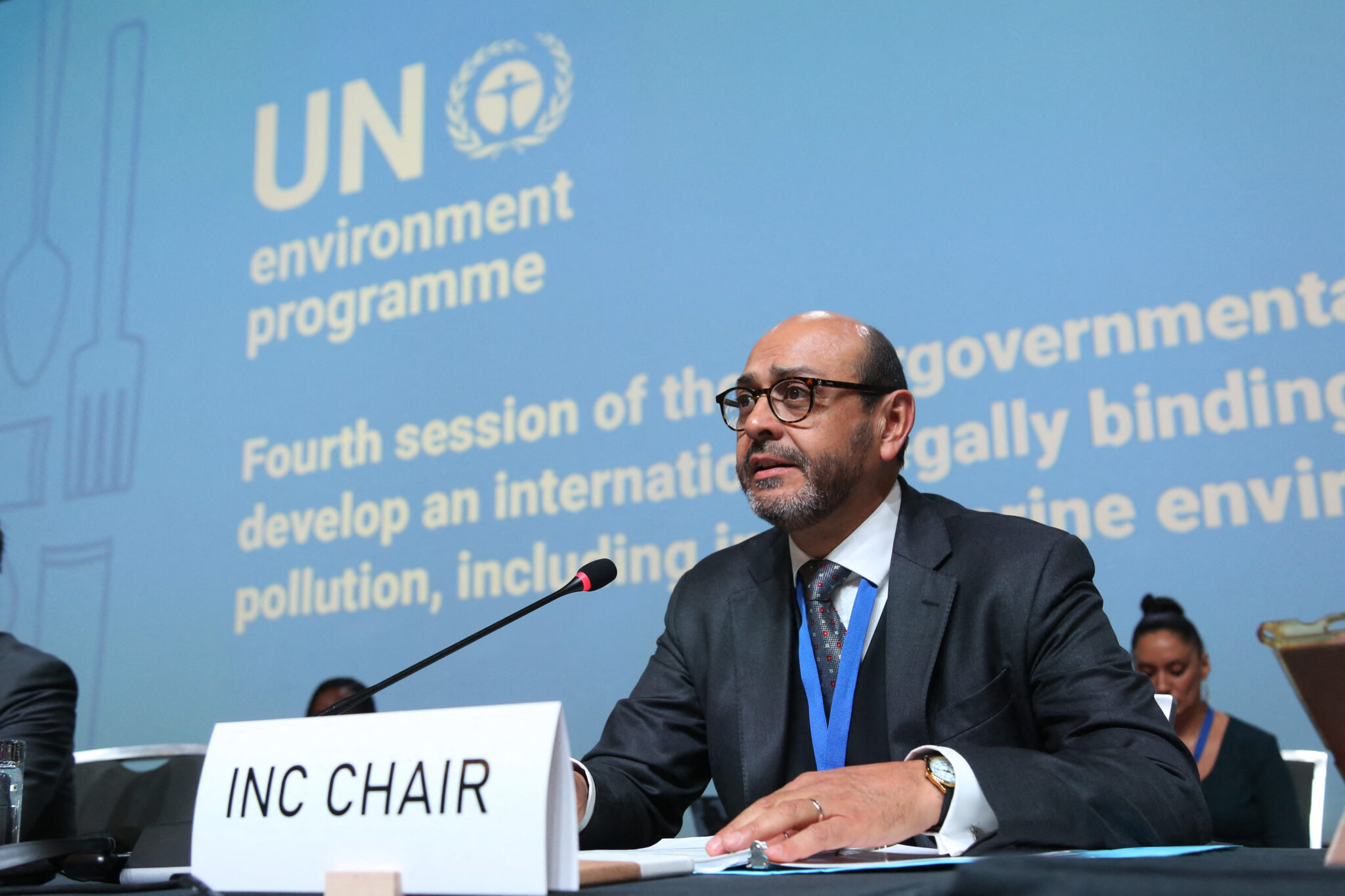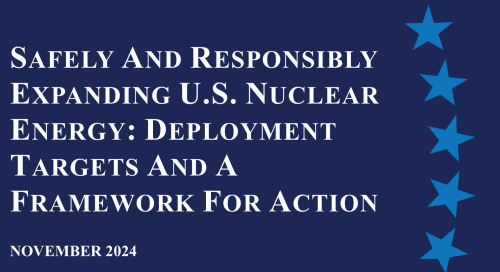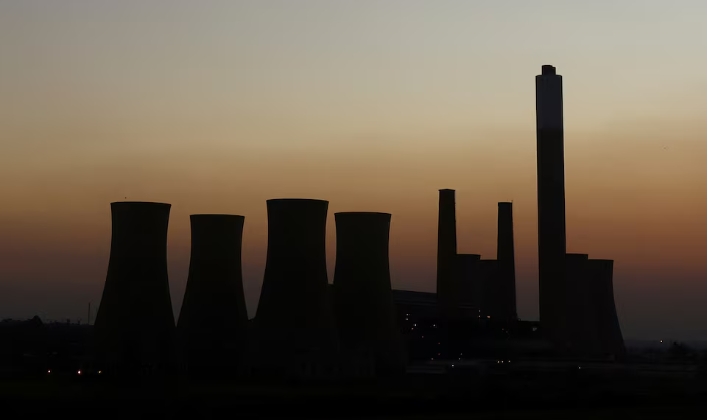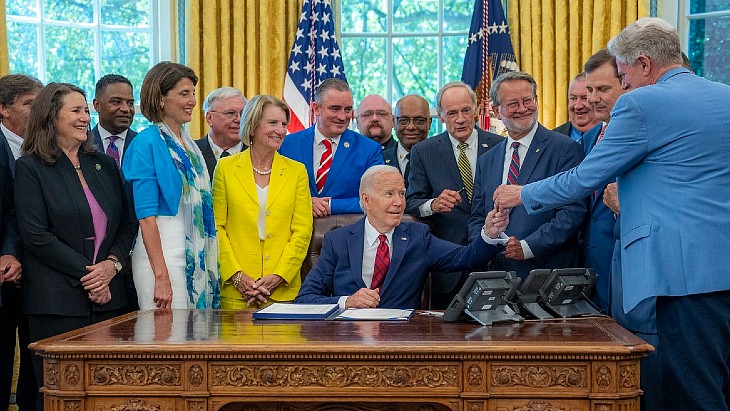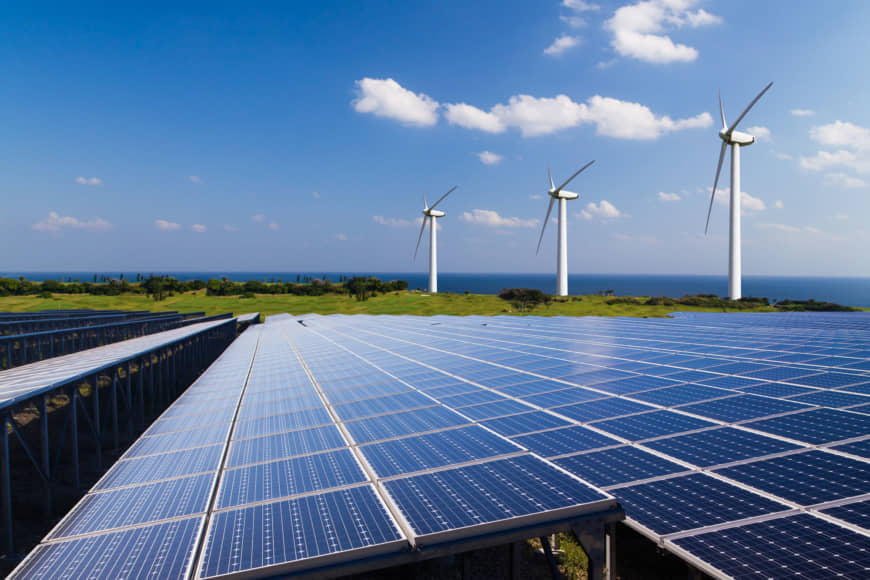 Because of the domestic lack of fossil fuels, nothing is more important than securing a homegrown energy supply. | GETTY IMAGES
Because of the domestic lack of fossil fuels, nothing is more important than securing a homegrown energy supply. | GETTY IMAGES Japan’s energy policies are at a big turning point. Due to the unforeseeable future of the energy business, utility companies have yet to embark on drastic reform. Despite the fact that irreversible, inevitable and diverse social change is underway simultaneously, the government has been pressed with spur-of-the-moment corrections.
At this juncture, it is very difficult to accurately report on Japan’s energy and climate change policies. But I’m sure that my unique background will help me report as fairly and comprehensively as possible. I worked at Tokyo Electric Power Co. for a long period and have direct experience interacting with energy consumers. I’m currently an independent researcher of environmental issues, mainly global warming and energy policies, and am well informed about the government’s position through my commitments as a member of a few government committees concerning those issues. As a so-called insider on energy issues, I’d like to report on this chaotic situation as fairly and accurately as possible, taking advantage of my strength in pursuing Japan’s ideal energy policies as an independent researcher. Some portions in this series may include my personal opinion, but I’d like you to view them as coming from the unbiased stance of a researcher who maintains the same distance from consumers, businesses and the government.
What triggered this energy transformation in Japan was the Fukushima nuclear plant accident in 2011. Prior to that, to tackle escalating global warming, the government had been aiming to increase dependence on nuclear power to 53 percent of all power generation by 2030. After Fukushima nuclear power plant accident, the government has switched to a policy of lowering its reliance on nuclear as much as possible. In addition, reform was carried out by revising the energy system under which big regional power companies controlled the entire chain, from power generation to retail. The entry into and exit from power generation and retail businesses has been basically liberalized, and power transmission and distribution are set to be separated from former regional monopolies. The regulated integrated system that had maintained stable power supply has now undergone a paradigm shift that puts the industry in the hands of a market economy. That could spark the beginning of a future revolution, but at the same time, it is causing a chaotic situation where no one takes responsibility as a whole.
The Basic Act on Energy Policy requires the government to set the basic energy plan once every three years, which are important documents that qualitatively lay out the country’s mid- and long-term policies. The latest fifth installment of the basic energy plan, which was adopted by the Cabinet in July 2018, however, gives little indication on which direction our country’s energy policies are headed.
That is because the 106-page document merely organizes the structural challenges that our country’s energy supply faces and lays out the issues and policies for 2030 and 2050. It expresses a strong desire to realize energy conversion and a low-carbon society by around 2050, and mentions quite a few technical options for that, but there are many difficulties in carrying it out.
When the fourth edition of the basic policy was crafted three years ago, the 2030 energy mix was also announced.
The mix unveiled the government’s qualitative targets for the ratio of renewable and other power sources in 2030, but it was issued only as an answer to satisfy the three simultaneous equations of 1) increasing energy self-sufficiency to around 25 percent, after the rate touched a low of 6 percent in 2013 following the nuclear plant shutdowns; 2) ruling out further power price hikes after a price for industrial users shot up by 40 percent in 2014 from 2010 levels due to the feed-in tariff system for renewables and a rise in fossil fuel costs to compensate for nuclear shutdowns; and 3) targeting global warming mitigation measures on par with those of the U.S. and Europe.
It was assumed from the outset that achieving the goals would be difficult. Even though there’s still time until the target deadline of 2030, we still have a long way to go in terms of achieving the government’s energy mix goals.
The government’s 2030 vision relies heavily on renewables and nuclear power, and plans call for deriving about 44 percent of power from homegrown energy that does not emit carbon dioxide during power generation. (Despite Japan’s reliance on overseas uranium resources, nuclear power is generally counted as part of the energy self-sufficiency ratio under international standards due to its high stockpile capability.) But the surcharge imposed on the public under the feed-in tariff (FIT) system that was introduced to spur an expansion of renewable energy will top ¥2.4 trillion in 2019 alone and has become a significant burden on consumers and industries. Power output from solar and wind power has been growing rapidly, but it’s still below 10 percent of total generation, with many criticizing the government policy’s cost-effectiveness.
In addition, the vetting of nuclear plants’ safety under new safety standards has been protracted, with only nine reactors having resumed commercial operations. Out of the 54 commercial reactors that Japan had before the massive earthquake in 2011, the number of operable reactors has been reduced to 34 after subtracting the reactors that the operators have decided to decommission. The firms have been saddled with steadily rising safety improvement costs and an uncertain business environment. The ratio of fossil fuel-fired power generation continues to be over 80 percent in total, with carbon dioxide emissions from power generation staying higher than they were before the 2011 quake.
For a manufacturing industry-dominated economy like ours, a stable and affordable energy supply is a lifeline. Because of a lack of fossil fuels domestically, nothing is more important than securing a homegrown energy supply. The government has to promote energy saving, while at the same time raise the ratio of renewable and nuclear power. This energy transition will not happen unless we reduce the cost of renewable energy, solve its technical challenge of instability and dispel concerns about the safety of nuclear power.
It is a big challenge to curb the cost burden as much as possible, and yet make a sure transition to low-carbon and self-sufficient energy. Because energy conversion is a social change, it requires a national debate. The indifference of the public may present the biggest challenge facing Japan’s energy policies.
